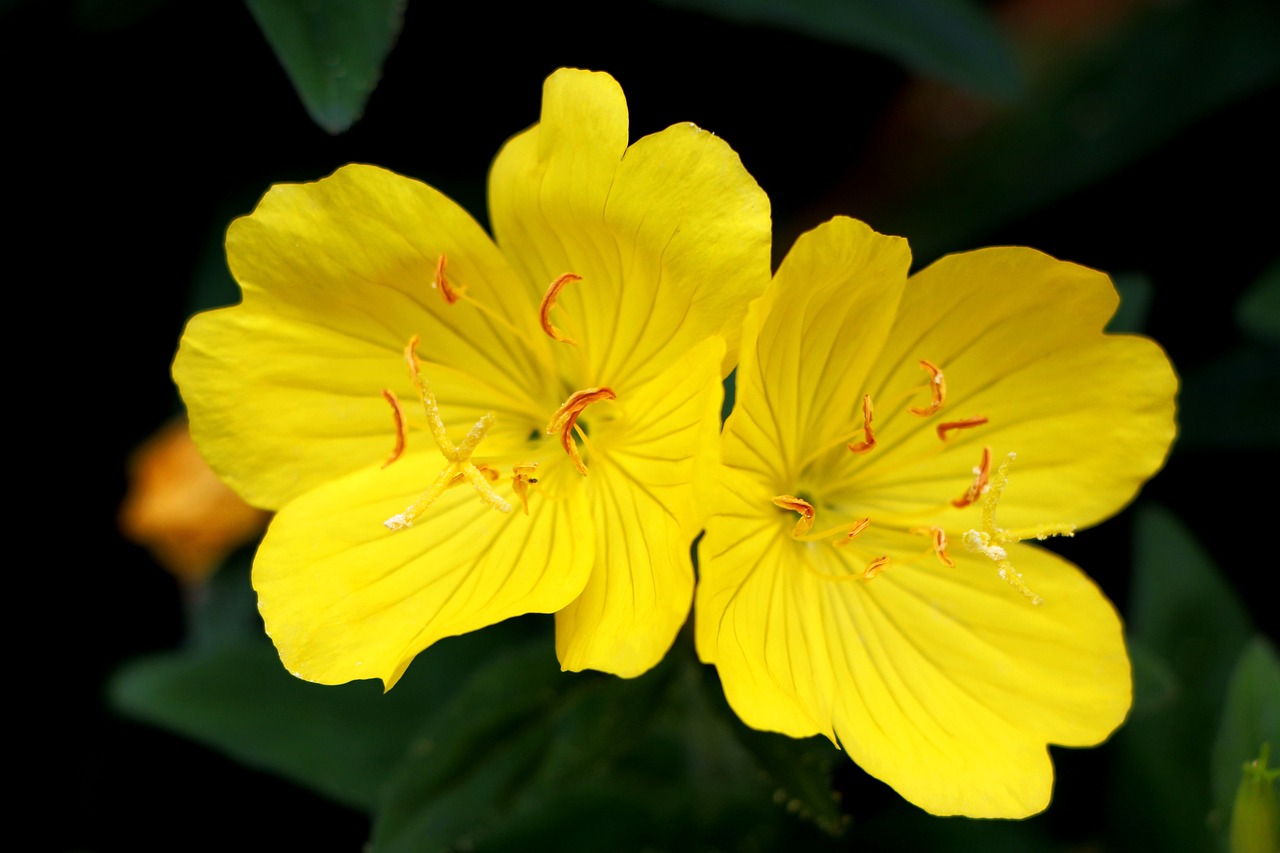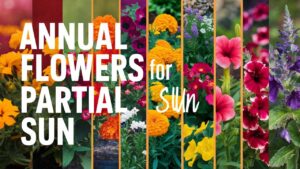If you’re considering harvesting evening primrose, either for personal use or to incorporate into your wellness routine, this blog post will guide you through the process.
Understanding Evening Primrose
Before diving into the harvesting process, it’s crucial to understand the plant. Evening primrose grows as a biennial, meaning that it has a two-year life cycle. In the first year, it develops a rosette of leaves close to the ground, while in the second year, it produces tall stalks that bloom beautiful yellow flowers. The flowers typically open in the evening, giving the plant its name. Beyond its aesthetic appeal, evening primrose is cherished for its seeds, which are harvested primarily for their oil.
When to Harvest
Timing is essential when it comes to harvesting evening primrose. For the best quality oil, aim to harvest in late summer to early fall, around August to October, when the flowers are in full bloom and the seeds have matured. The flowers will attract various pollinators, so it’s wise to check for any insects before starting your harvesting process.
Tools You Will Need
For a successful harvest, gather the following tools:
Gardening gloves: Protect your hands from potential irritants.
Sharp scissors or pruning shears: These will help you snip off the flowers without damaging the plant.
Container or basket: Use this to collect the flowers and seeds.
Paper bags: To store the seeds after collecting them.
Harvesting the Flowers
Identify Healthy Blooms: Look for flowers that are vibrant and fully open. These are ideal for harvesting.
Cut the Stem: Using your scissors or pruning shears, snip the flower stem about an inch from the base of the flower. Ensure that you are cutting at a 45-degree angle to allow for future growth.
Collect the Flowers: Place the flowers in your basket or container immediately to avoid bruising them.
Harvesting the Seeds
Once you have harvested the flowers, the next step is obtaining seeds:
Allow the Flowers to Wilt: After harvesting, leave the flowers in a cool, dry place for a few days until they wilt. This helps the seeds develop within the seed pods.
Collect Seed Pods: Once the flowers have wilted, you will notice small green seed pods. Wait for them to turn brown and dry, which typically takes another week.
Gather the Seeds: After the pods have dried, gently squeeze them to release the seeds. Store the seeds in a paper bag or a glass container away from light and moisture.
Uses for Evening Primrose
Once you have harvested the flowers and seeds, you can use them in various ways:
Evening Primrose Oil: The seeds can be cold-pressed to extract oil rich in GLA, which is known to help with skin conditions, hormonal balance, and general health.
Tea and Culinary Uses: The leaves and flowers of evening primrose can be infused to make tea or used as a unique addition to salads, adding a delicate flavor and beautiful color.
Skin Care: The oil extracted from the seeds can also be used topically for its moisturizing and soothing properties, making it a popular ingredient in natural beauty products.
Final Thoughts
Following these harvesting tips will help ensure that you reap all the benefits this versatile plant has to offer while also enjoying the process of engaging with nature.
Remember to be mindful of the environmental impact and consider leaving some flowers for pollinators and other wildlife.





